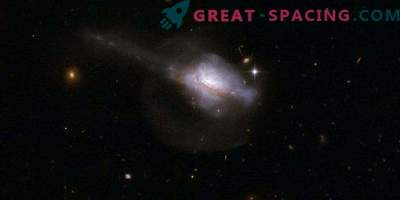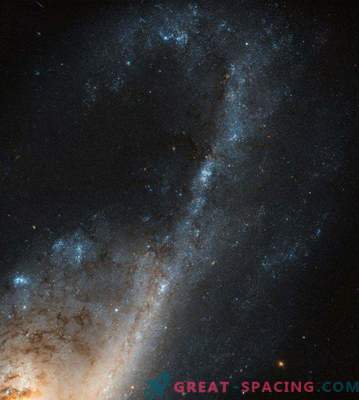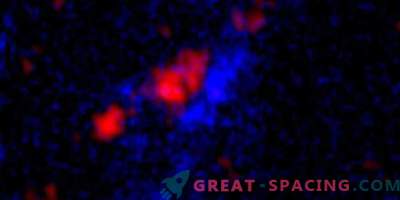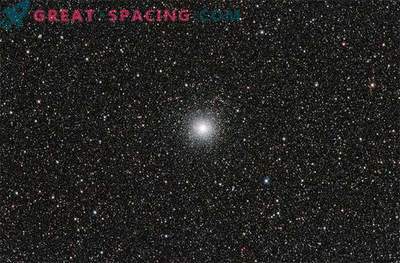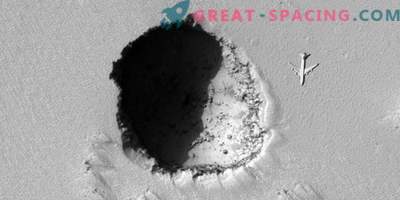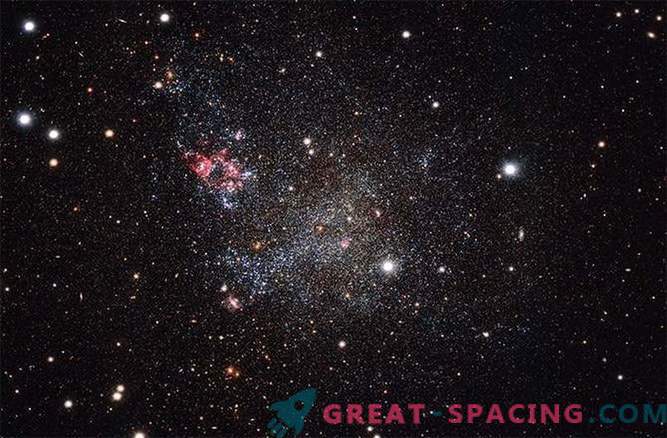
Galaxies, as is known, are made up of stars, planetary gas and dust, but one of the nearby galaxies has no last element - surprisingly it has no dust.
IC 1613 is known as an irregular dwarf galaxy in the Whale constellation. Thanks to its “purity”, astronomers can observe its stars with enviable accuracy. The miniature galaxy is located at a distance of 2.3 million light-years, it is included in the local group of galaxies adjacent to ours, and includes more than 50 galaxies.
Scientists were able to determine the location of IC 1613 by studying pulsating Cepheids and variables of the type RR Lyra that are in it. These variable stars pulsate, and their pulsation is directly related to their brightness - astronomers can use these stars as “reference candles”. The more a star is removed, the more diffuse its light becomes. However, these variable stars have a specific brightness, depending on their measured pulse rate. Thus, relatively simple calculations can lead to the calculation of their distance using their measured brightness. Variable stars can be used to calculate cosmic distance, and in the case of IC 1613, this calculation may be even more accurate, due to the absence of cosmic dust.
Galaxy 1613 was monitored using a powerful OmegaCAM - a 256 million pixel camera connected to the VLT Survey telescope installed at the Paranal Observatory in Chile. The faint glow of the galaxy was first recorded in 1906 by German astronomer Max Wolf (Max Wolf), but images of individual stars in the galaxy IC 1613 were not obtained until 1928, when Walter Baade used the 2.5-mile Wilson Observatory telescope in California.
At the present time, with modern telescopes and imaging technologies, we can fully appreciate all the striking beauty (and fanatical purity) of the IC 1613 galaxy.







